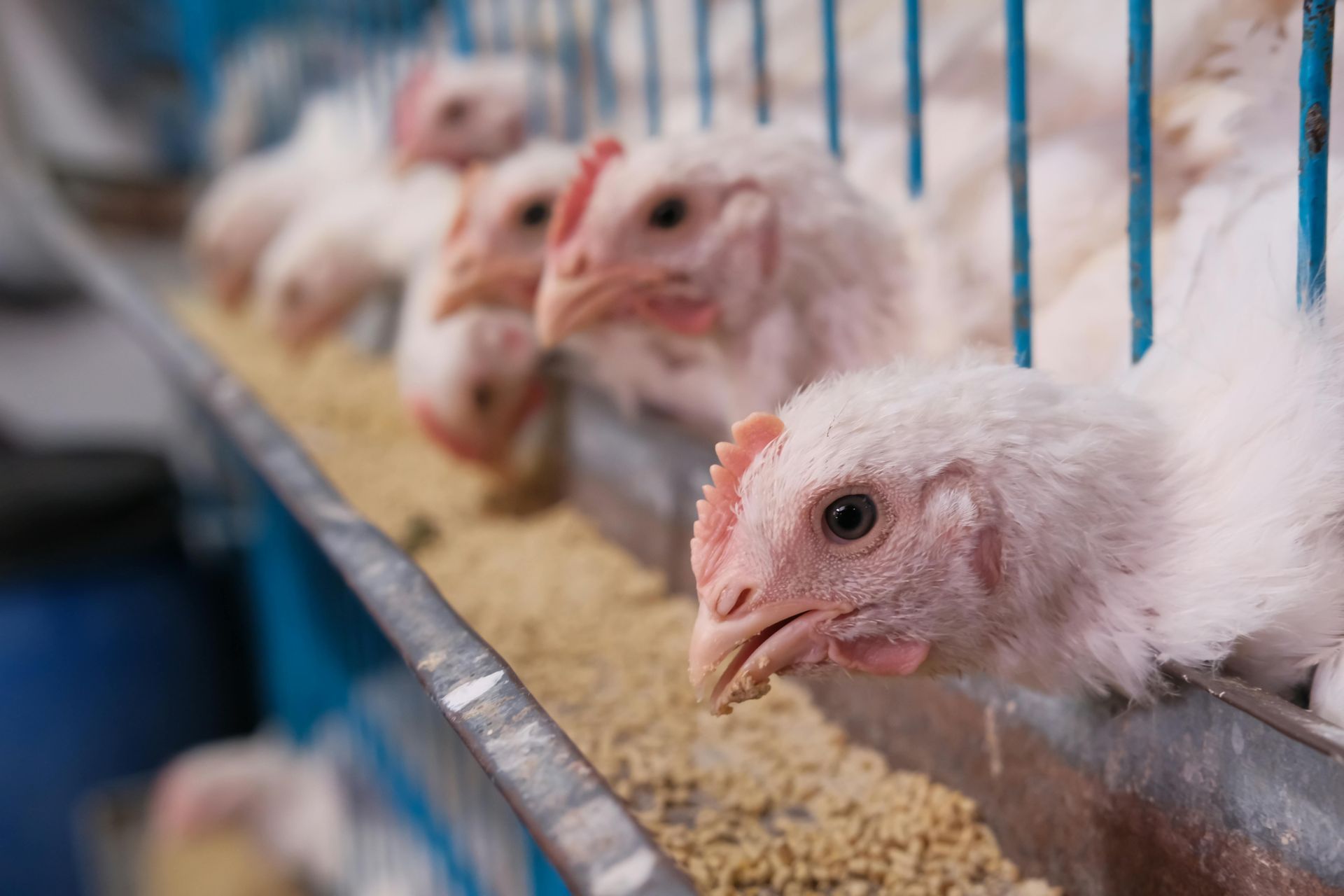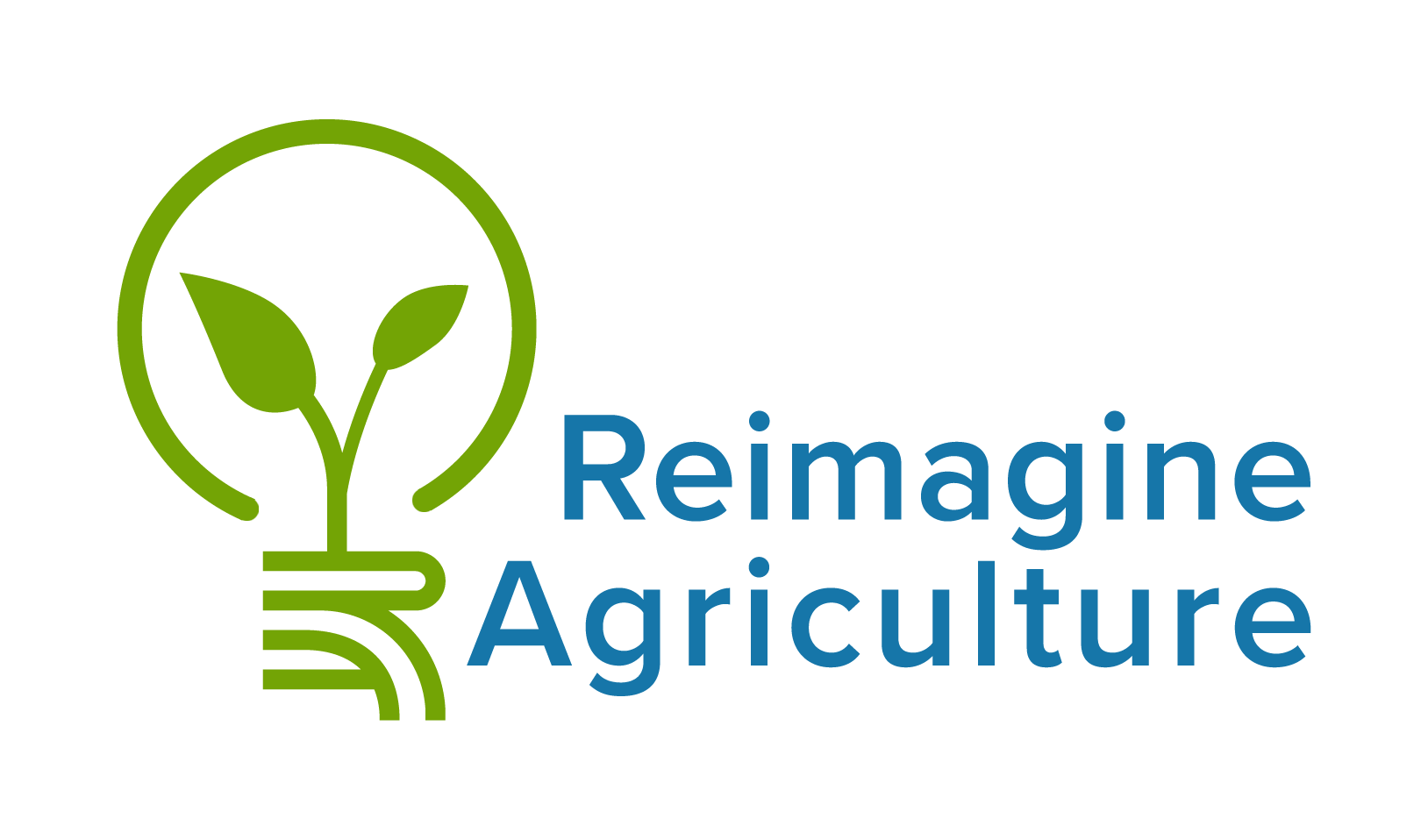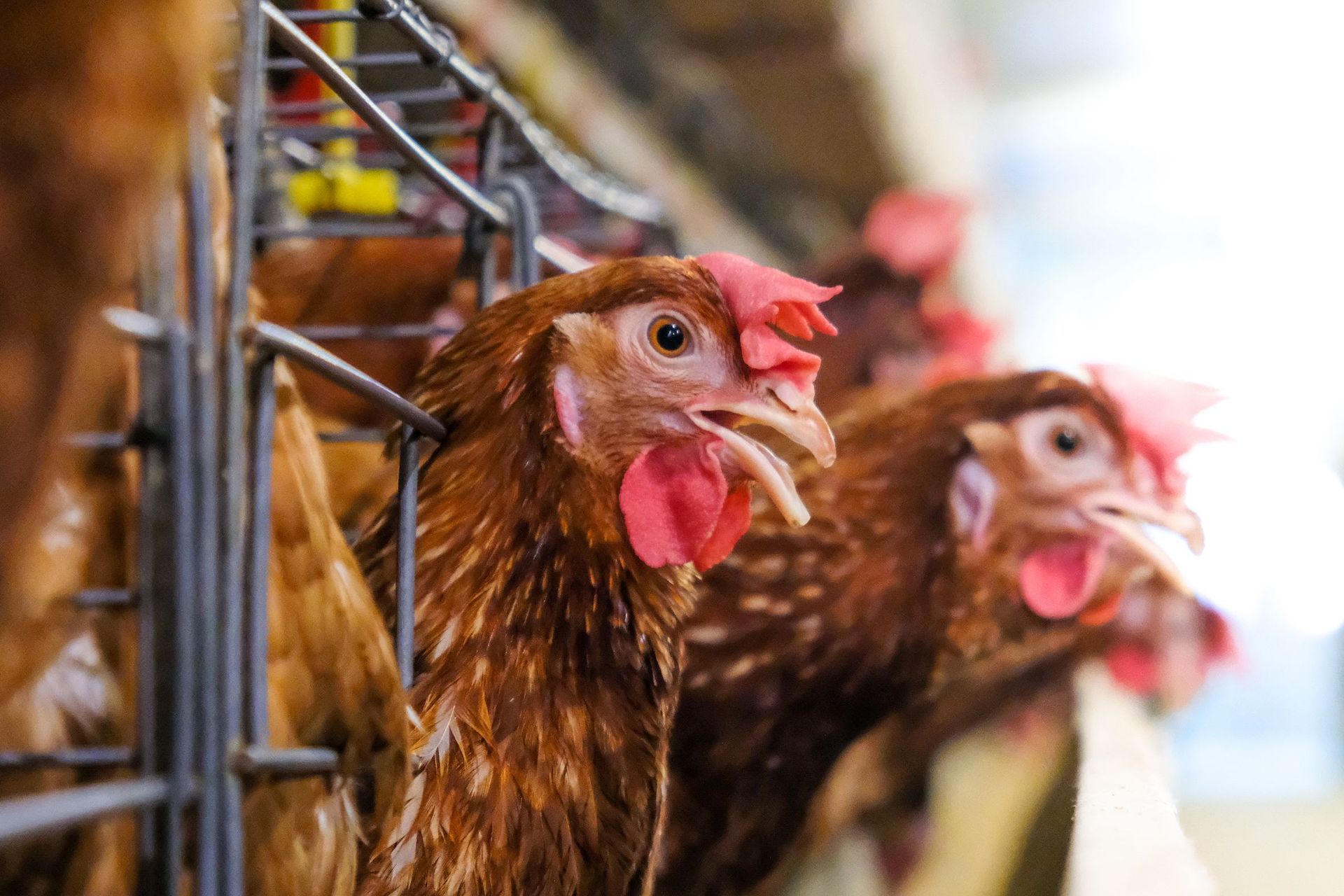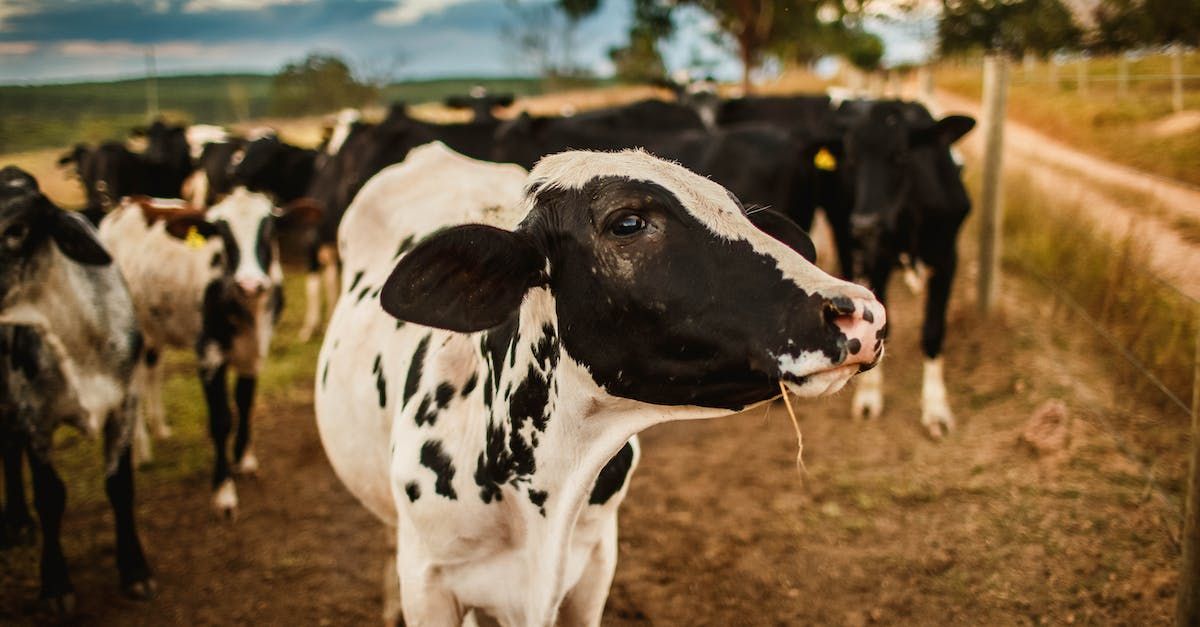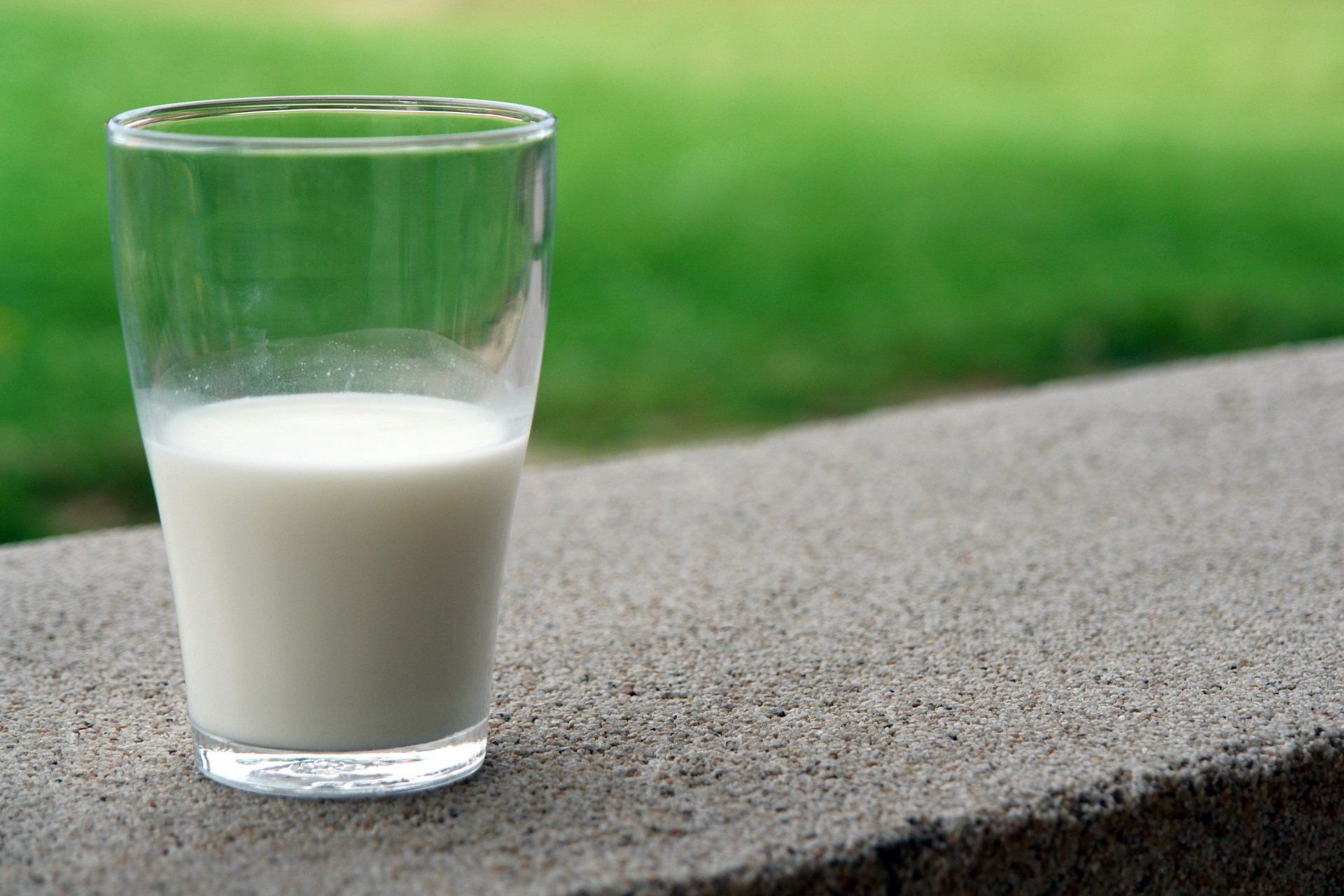The Timeless Power of Plants: Exploring Plant-Based Diets Across Cultures
By: Lydia Lavis, Education Specialist at Reimagine Agriculture
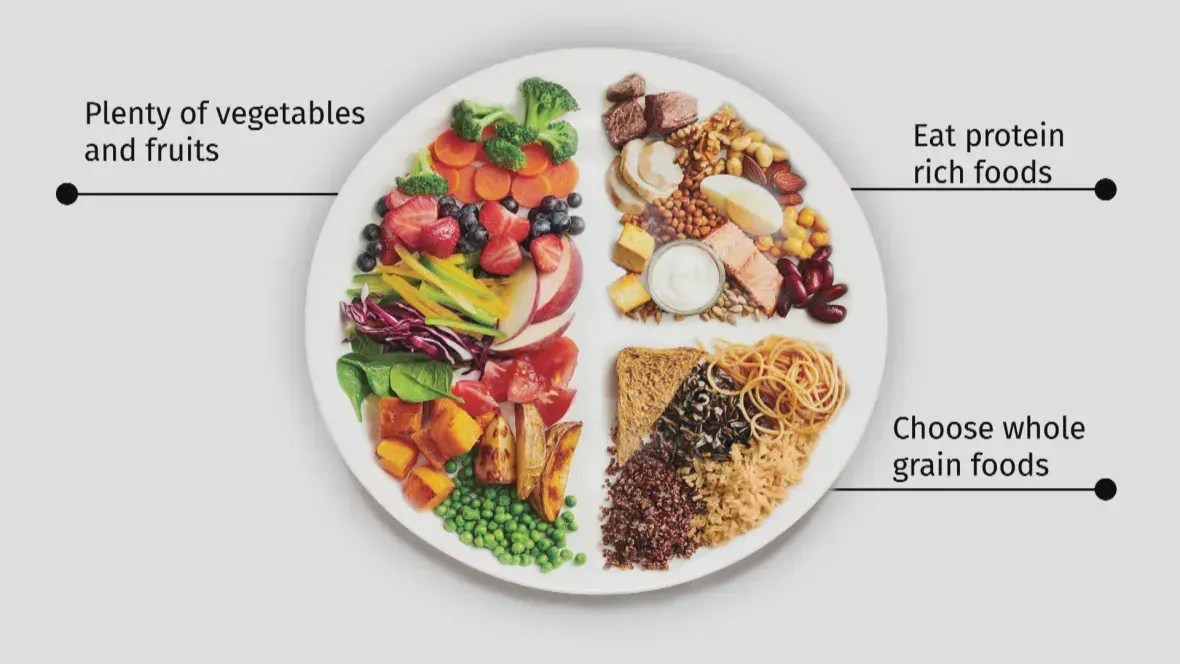
Canada's Latest Food Guide highlights fewer animal products than ever before. Image from Canada's Food Guide
In 2019, Canada released an updated food guide that was markedly more centered around plants and plant-based foods in order to have a healthy diet. What does this surprising shift in food recommendations mean for our diets?
Plants (i.e., cereals/grains, fruits, & vegetables) have been the cornerstone of healthy diets for as long as we’ve been around as humans. For example, remnants of cooked plant matter in what is described as an early form of bread dated 70-75,000 years old were found in neanderthal caves in Iraq. Fourty-two to thirty thousand-year-old bread was also in early homo sapiens caves in Greece.
It comes as no surprise that for over 5000 years, rice has been the centerpiece of many Asian diets. However, many other plant foods
have been present in indigenous Asian diets as well. For example fenugreek (native to India, Argentina, and Egypt where they are still widely grown and eaten), drumstick plant (native to India, and the Arabian peninsula but now widely grown and eaten in Sri Lanka, India, Mexico, Malabar, Malaysia, and the Philippine Islands among other countries), and bitter gourd. These nutrient-packed vegetables have been found to decrease the risk of diabetes.
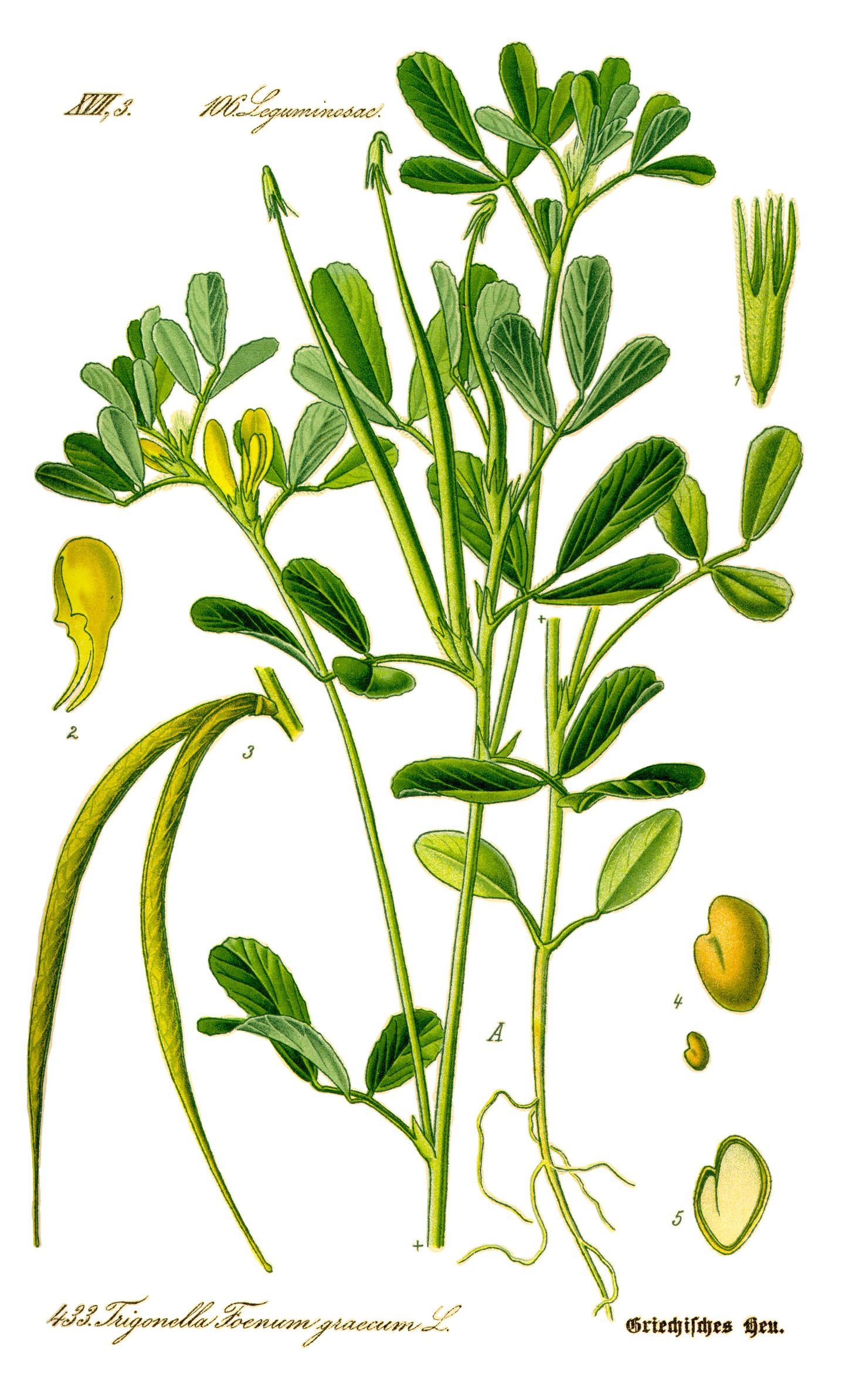
Artistic Depiction of Fenugreek - Prof. Dr. Otto Wilhelm Thoméderivative work: Ninjatacoshell, Public domain, via Wikimedia Commons
Indeed, plant-based foods as a key component of our diet continue throughout human history. There have been citations from as far back as the Middle Ages (1400s) indicating that the cornerstone of a European meal is oil, bread, and wine. Cereals such as bread, polenta, couscous, paella, and pasta were often key sources of food for the lower class in the middle ages in order to satiate their hunger.
Plant-based foods lending to a healthy diet is not a new concept in other parts of the world either. For example, the four food staples of ancient Mexico were corn, beans, amaranth, and chia. In Pre-Conquest Mexico (i.e., pre-1519), there were Western records of people using chia or pumpkin seeds or corn masa to thicken sauces. There were many other plant-based foods in their diet as well, as seen in this excerpt from an explorer:
‘There are all sorts of vegetables, and especially onions, leeks, garlic, borage, nasturtium, water-cresses, sorrel, thistles, and artichokes. There are many kinds of fruits, amongst others cherries, and prunes, like the Spanish ones. They sell bees-honey and wax, and honey made from corn stalks ...also honey of a plant called maguey ... They sell maize, both
in the grain and made into bread, which is very superior in its quality to that of the other islands and mainland….’
When Spanish explorers returned to Europe with corn, it became a staple food for the lower class.
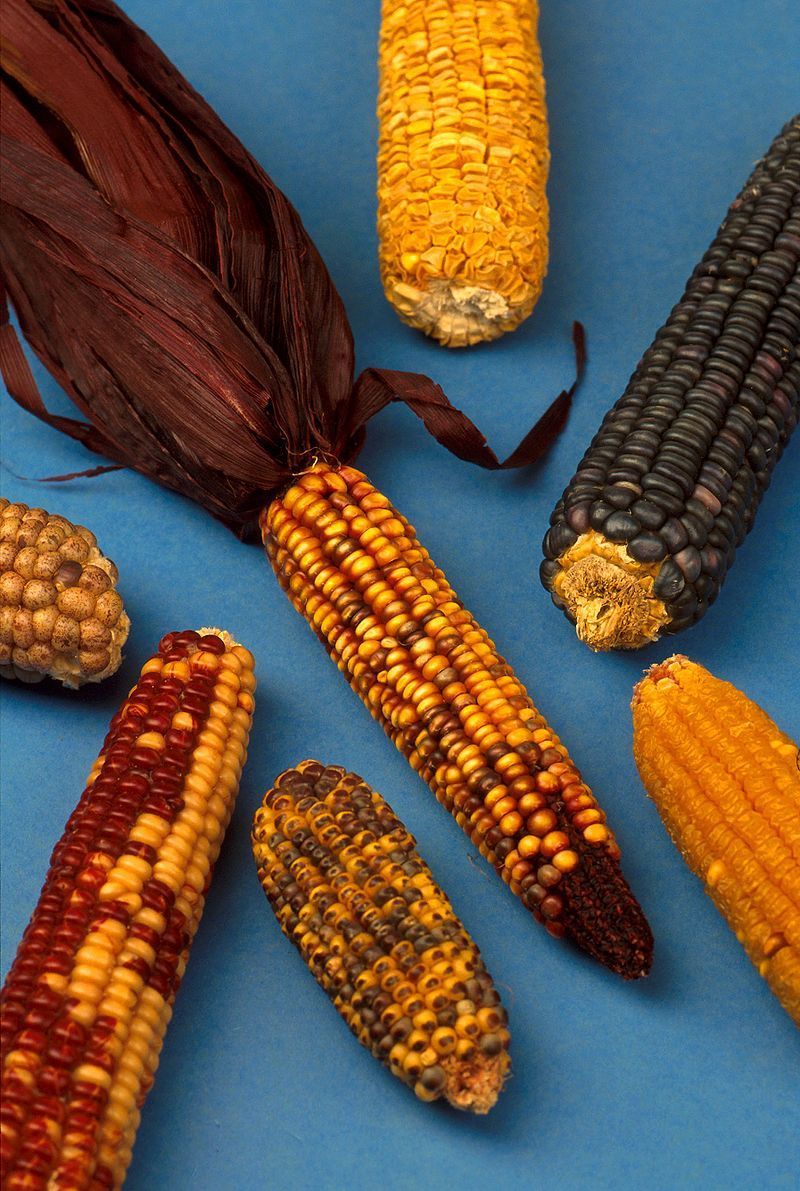
Photo by: Keith Weller. Via Wikimedia
In Indigenous America (i.e., modern-day US & Canada) plants were a strong focus of diets also. A popular example of this is the “three sisters crops” which are native coloured corn, squash, and beans - called as such due to the Indigenous method of growing the crops together. These traditional plant-based foods have been found to also be rich sources of natural antioxidants and are often associated with anti-inflammatory effects in the body such as being antihyperglycemic, antihypertensive, and antidyslipidemic, and for having benefits for gut health. Similar antidiabetic properties are found in other traditional coloured corn in Peru, and corn and grains in the Andes such as purple corn, quinoa, and kaniwa (a type of grain similar to quinoa).
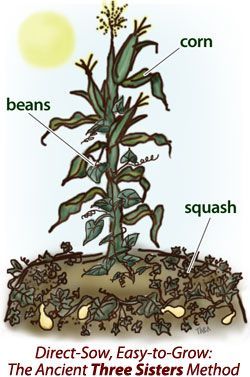
Image credit: University of Illinois Extension
Plants - superfoods full of vital nutrients and protective health benefits - have been an essential part of our diets for as long as we have existed, and their popularity is resurfacing in retaliation to the ultra-processed modern diet. Incorporating a variety of local fruits, vegetables, and grains in your diet whenever possible will massively benefit your health and the health of our planet.
Take a look at our newest education video series, Canada’s Food Guide, for more information on government recommendations for a plant-focused diet and how to incorporate it into your lifestyle.
